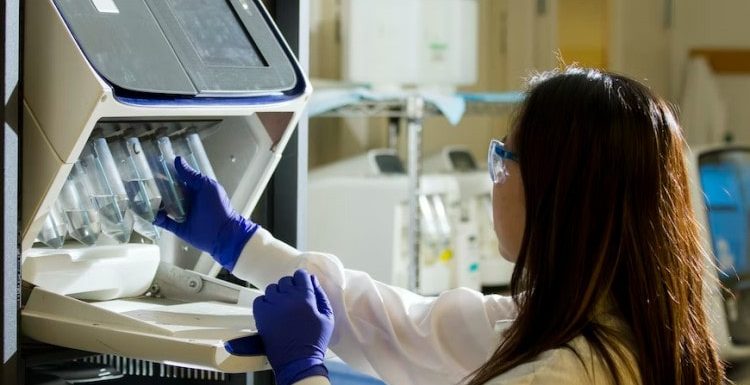
Many of us are accustomed to the idea of scientific research taking place around us. We know, on some level, that most of what we encounter on a daily basis – from shoes to flour to cough medicine and cotton buds – has been specifically created or modified using some form of scientific research and practice. So much of what we understand as regular life is the product of the scientific research model that we tend to let the entire process – from research to application to design – slip into the background of our awareness. Few of us ever consider what exactly goes on in the labs where our day-to-day products and experiences are created.
A lot more goes into these scientific research models and practices than you might expect. These extremely complex environments for producing knowledge to make life better and more efficient run on strict rules and use all sorts of site-specific tools and routines to ensure the best possible result in any study.
Here are a few interesting things you might never have known about scientific research.
Lab Rats Are High-Tech Animals
Most of us know that a great deal of the testing that goes on in fields such as biology, dermatology, sleep studies, psychology, and medicine uses lab rats to test conclusions. What many people might not be aware of is that lab rats are not merely any old rats the researchers could find lurking in the bowels of the lab building.
In fact, rats are very carefully genetically engineered to suit the highly specific purposes of the research in question. Certain types of nude rat, for example, have been bioengineered to lack specific proteins or cells so that the tests which are conducted on them can be better tracked through software that is created specifically for this purpose.
Many Labs Have Incredibly Strict Rules
Because of the way science is treated as a taught subject, or else a hobby, by much of culture, we often forget that labs are incredibly carefully controlled workplaces. Much of what gets used in labs is hazardous to humans, and in order to keep themselves safe, they have to follow very strict sets of rules every minute of the day.
What’s more, there are many labs where what is being handled is an extreme danger to the population at large: places such as disease research centers present a massive risk for local communities. As a result, these places have to be unbelievably secure, and for a good reason! One little slip-up on the part of a person handling a live pathogen could result in a pandemic that sweeps through populations worldwide.
The next time you’re watching a show about science on the television, or listening to a news program that mentions new research on a certain topic, remember just how complex and fascinating these places of knowledge production are. And thank the scientists in your life for doing such complicated and strange work to make all our lives better!
